|
The other day I was transported to Bordeaux, if only for a few hours. I attended the 2017 United States Tour of The Union Des Grands Crus de Bordeaux 2014 vintage tasting held in NYC. Thirteen appellations and 90 châteaux were represented. Bordeaux is famous worldwide for its wines and beautiful châteaux. It is also the largest wine growing area in France. Although I didn’t visit any of the châteaux, I did taste an impressive array of wines with memorable expressions on the palate that varied between the appellations. Bordeaux has an extensive wine history dating back to the Romans around mid-1st century. However, I’m going to skip ahead to 1855 when Emperor Napoleon III requested a classification system of the best Bordeaux wines. Without going into too much detail, the wines were ranked according to the trading price and the reputation of the château and then classified in importance from first to fifth growths establishing a classification system that is still used today. It has only been altered twice since the 1855 classification, once in 1856 and 1973. Just to give you an idea, here is the First Growths list. I’m sure you will recognize these wines! It is interesting to note that Pomerol appellation was not included in the 1855 Classification and still remains unclassified. But Château Petrus tends to be included with the First Growths, although not officially. Red Wines First Growths (Premiers Crus) Château Lafite Rothschild Château Latour Château Margaux Château Haut-Brion Château Mouton Rothschild White Wines Superior First Growth Château Yquem First Growths (Premier Crus) Château Climens Château Clos Haut-Peyraguey Château Coutet Château Guiraud Château Lafaurie-Peyraguey Château Rabaud-Promis Château Rayne-Vigneau Château Rieussec Château Sigalas-Rabaud Château Suduiraut Château La Tour-Blanche The grapes permitted in the Red Bordeaux blend are Cabernet Sauvignon, Cabernet Franc, Merlot, Petit Verdot, Malbec and Carménère. Cabernet Sauvignon tends to dominate the blend in red wines produced in the Medoc and other left bank appellations. Whereas Merlot tends to dominate the blends made in the right bank appellations such as Saint-Emilion and Pomerol. White Bordeaux is made from a blend of Sémillon Sauvignon Blanc and Muscadelle grapes. Other permitted grapes are Colombard, Merlot Blanc, Sauvignon Gris and Ugni Blanc. The main river in Bordeaux is the Gironde River which separates the Left and Right bank. The Dordogne and Garonne are small rivers that feed into the Gironde. The soil in Bordeaux is excellent for growing grapes and is mainly composed of gravel, limestone and clay. The Left bank has gravelly topsoil and limestone bedrock creating a desirable environment for old vines. It is interesting to note that all the original châteaux from the original 1855 classification are on the Left Bank. On the Right bank, the limestone is at the surface as opposed to being buried like it is on the Left Bank. And the gravel is not as prevalent, except for Pomerol where gravel has been deposited from a tributary of the Dordogne, creating a base of sandy clay deposits and iron rich sand. Most of the terrain on both banks is flat except for Saint-Émilion and Côtes de Castillon which slope down to the river. This post is a general overview of the wines that I tasted. I will be focusing on and exploring individual châteaux over the next few weeks. The 2014 vintage Bordeaux are exceptional and touted to be the best since 2010. All the wines that I tasted were of high quality stretching from Left to Right bank. The red Bordeaux of Médoc and other Left bank appellations exhibited fresh and rich fruit flavors. As expected, due to Cabernet Sauvignon being dominant, the tannins were light to medium, but not overpowering. The red Bordeaux of the Right bank were lively, focused with juicy berries, restrained tannins that gave the wines a silky feel and nice levels of acidity. I tasted several Sauternes including the First growth Château Coutet. The wines can only be described as elegant, sexy, rich, with perfect acidity and a long and beautiful finish. I will be posting a separate story on the Sauternes in the next few days. All the wines were very approachable and one can only imagine what they will be like in ten to twenty years!
Until next time! Cheers! Penina To leave a comment or if you have an inquiry, please contact me at [email protected] 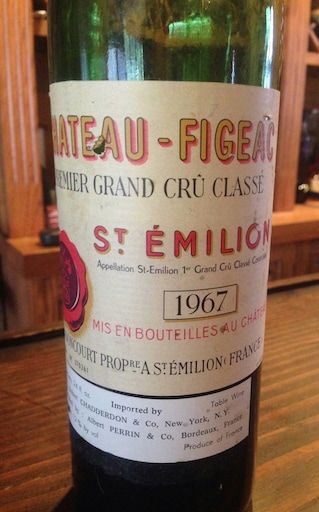 Yesterday’s post ended with a little history of Chateau Figeac and today’s post will begin with some history of Chateau Haut-Brion. As promised, I have a story to tell. Over the years I have tasted Chateau Haut-Brion 59’ 69’ 81’ 94’ and most recently a 61’. I have reviewed most of these vintages on previous posts along with some history. At the risk of being redundant, I felt that after drinking the 61’, we should all be reminded of whence it came. So here is part of a post from September 2015 with additional information added to it. Chateau Haut-Brion, a Premier Cru Classé First Growth) is produced in Pessac located just outside the city of Bordeaux. Of the five first growths, it is the only wine with the Pessac-Léognan appellation. It also has one of the longest histories of any Bordeaux wine chateau and has been growing grapes to produce Bordeaux wine for almost 600 years! Haut-Brion is the earliest identified first growth that was included in the official 1855 Classification. The name is derived from the Celtic term “Briga”, meaning a rise or mount in the land. When Jean de Pontac married Jeanne de Bellon in 1525, she brought the first portion of the Bordeaux wine property called Haut-Brion as a dowry. Pontac bought the title to the domain of Haut-Brion in 1553 and continued to expand and improve the property. Pontac died at the age of 101, having married twice more, siring 15 children and ensuring a legacy for generations to come. In 1801,Haut-Brion was sold to Talleyrand, Prince of Benevento making him the first “non-family” to own Chateau Haut-Brion. In 1935, Clarence Dillon, an American financier bought the Château. Today, Dillon’s granddaughter, Joan Dillon is head of the Chateau. The first official review of Chateau Haut-Brion wine and any wine ever came from Samuel Pepys on April 10th, 1663. He wrote, “There I drank a sort of French wine called Ho-Bryan that hath a good and most particular taste I never met with.” An interesting wine review! Chateau Haut-Brion was one of the first Bordeaux châteaux to begin using stainless steel vats for vinification in 1961. Double skinned, stainless steel vats were introduced at the Chateau in 1991. The wine is aged in up to 100% new French oak for about 24 months. The blending takes place just after fermentation is finished and prior to the oak barrel aging process begins. The best vintages for the red wine of Château Haut-Brion are: 2012, 2010, 2009, 2008, 2006, 2005, 2000, 1998, 1996, 1995, 1990, 1989, 1985, 1982, 1961, 1959, 1955, 1953, 1950, 1949, 1948, 1947, 1945, 1934, 1929, 1928, 1926 and 1921. It is interesting to note that when Clarence Dillon bought the chateau, he hired Georges Delmas as the château's régisseur (director). And ever since then, a Delmas has remained as régisseur. In fact, the 61’ was the debut vintage for Jean-Bernard Delmas, son of Georges. So, without further ado, here is my review of the 1961 Chateau Haut-Brion. The cork was soft but came out easily. The wine was then poured into a decanter with surprisingly very little sediment. The color was deep garnet with fruity aromas that were indiscernible. A quick sip after decanting assured us that the wine was very drinkable. After thirty to forty minutes, the wine began to open. It was full bodied, had substance and was as smooth as silk. Over time, the palate offered a complex array of dark, sweet fruit with a smoky edge. The fruit continued to the very last sip. This was without a doubt a heavenly experience. I must confess that the Haut-Brion and 1975 Chateau Figeac were not stored in optimum conditions for the past thirty-one years and that is the only thing that these two Bordeaux have in common. Unfortunately, the Chateau Figeac when opened was the color of rust and undrinkable. However, the Haut-Brion has stood the test of time and less than favorable storage conditions. One should expect no less from a Premier Cru Classé First Growth! Cheers!
Penina 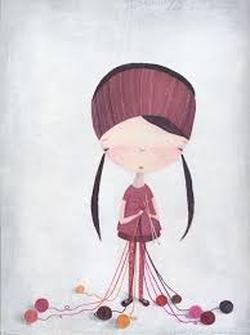 Since I launched TheWineKnitter in June of 2014, my posts were mainly focused on wine and knitting. As time went on I drifted away from “knitting” and became more engrossed in writing about wine, food and sometimes travel. Over the holidays, I began sorting through many knitting designs that I created and now feel the need to occasionally bring knitting back into play on my blog. 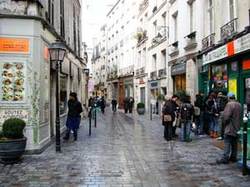 While visiting Paris a few years ago, I took myself on a walking tour of Le Marais which is an historic district in parts of the 3rd and 4th arrondissements. Amongst the historic buildings and beautiful architecture I stumbled upon a knitting shop. Of course I went in! Thirty minutes later, I departed the shop with a bag full of beautiful skeins of silk, cotton, linen and blends that I hadn’t seen in the US. It was the only purchase I made while in France! When I returned home from Paris, I immediately put my knitting needles to work. This “French” shawl is made of cotton, viscose and linen. The shawl is wrapped around a 1967 Chateau-Figeac and 1961 Chateau Haut-Brion. Both bottles of Bordeaux were opened a few weeks ago and each has a story to tell. Chateau-Figeac dates back to the 2nd century AD with the Figeacus family and is located in Saint-Emillion. The Manoncourt family acquired Chateau Figeac in1892. Chateau-Figeac became a First Great Classified Growth in 1955. Thierry Manoncourt created a unique grape composition of 30% Merlot, 35% Cabernet Franc and 35% Cabernet Sauvignon. He was dubbed “Pharaoh of Saint-Emillion” by the press in 1971. Although Thierry passed away in 2010, his wife and daughters, along with a highly skilled wine-growing team, carry on the tradition of wine making today.
Tomorrow I will continue my story of Chateau-Figeac and Chateau Haut-Brion and how they faired once opened! Have a great Wine Wednesday! 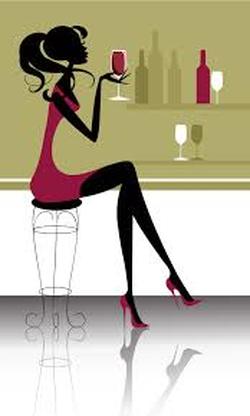 Back in the day, I used to order Lillet when “barhopping” with friends. Having just turned twenty-one, I thought the drink sounded exotic. As my friends ordered classic drinks such as screwdrivers, rum & coke, or a glass of house wine, I would be perched on the bar stool feeling “oh so” sophisticated with my “French” aperitif. I first tasted Lillet Blanc at Yellow Fingers in NYC. The bartender, realizing that I had no idea what to order, took it upon himself to pour me a Lillet over ice. I’m not sure whether it was the wink he gave me combined with his good looks or the delicious taste of the Lillet, but it became my “go to” drink for a while. Lillet is considered an aromatized wine and is produced in Podensac, a small village south of Bordeaux. It is a blend of 85% Bordeaux region wines and 15% macerated citrus liqueurs. It is available in Rouge and Blanc. The company was founded in 1872 by brothers Paul and Raymond Lillet. In 1887, Kina Lillet was created, making it Bordeaux’s first and only aperitif. At the time, all other aperitifs were red. In 1962, Pierre Lillet, grandson of Raymond, created Lillet Rouge, primarily for the American market. Lillet Blanc has been likened to vermouth, however Lillet has distinct flavors of citrus, honey and spice. The color is golden with aromas of orange blossom and honey with subtle hints of apricot and peach. These aromas segue onto the palate. A creamy mouth-feel gives way to a very crisp and clean finish. It should be served chilled or over ice, perhaps with an orange or lemon slice. As the label states, “it is best presented in a traditional Bordeaux wine glass, to enhance its subtle delicate bouquet”. There are many Lillet cocktails to be found on the Internet. I prefer mine over ice! Alcohol: 17% http://www.lillet.com As soon as I reacquaint myself with Lillet Rouge, I’ll share my thoughts with you.
Happy Tuesday! Cheers! Penina 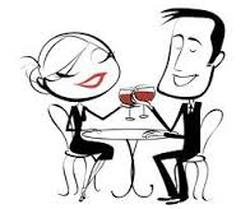 At the beginning of the week I had a belated birthday celebration with a fellow wine enthusiast. My gift was dinner and a shared bottle of a very special wine. Having had the opportunity to drink a 59’, 69’ and 94’ vintage, I was very excited to try the 1981 Château Haut-Brion, Premier Cru Classé (First Growth) that my friend brought. The cork was removed intact and the wine was decanted. The color was more russet than red. We patiently waited for the wine to open, but had to take just a little sip first. As to be expected, it was heavy with must and earth, but we could detect the fruit that was buried beneath it. We waited. As the wine opened, gentle flavors of non-descript fruit emerged mingled with hints of tobacco. It was soft and quite pleasant. Although its plateau of maturity has long faded, the wine was enjoyable to the very last drop. http://www.haut-brion.com I wrote an article on the history of Château Haut-Brion along with a review of the 1994 vintage in Sept. 2015. So rather than repeat myself, please click on this link to read about it. http://thewineknitter.com/1/post/2015/10/day-369.html
I have a 1961 and 1969 Château Haut-Brion still waiting to be opened! Happy Thursday! Cheers! Penina The weekend flew by with fun dinners, watching a little hockey, basketball and some much needed down time. I also enjoyed a beautiful Mother’s Day filled with sweet acknowledgements of a job well done! And now it’s Monday. Time to fire up the computer and get to work. 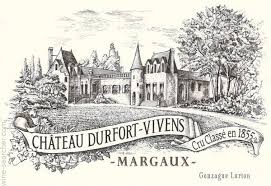 The other evening while at a dinner party I tasted a lovely 2009 Château Durfort-Vivens Margaux, Bordeaux, France. This red blend is 70% Cabernet Sauvignon, 24% Merlot and 6% Cabernet Franc and is a second growth Deuxième Cru of the 1855 Classification. This medium-full bodied wine was ruby red with succulent aromas of berries, spices, tobacco and cocoa. The palate was layered with cherry, purple plum, blackberry and spice. Hints of cocoa were present on a long and silky finish. It was a treat to drink it! The wine was aged in 40% new French oak barrels for an average of 18 months. http://www.durfort-vivens.fr The week is jam packed with lots to do, but I plan to take advantage of the warm weather and blue skies to get in as much power walking as possible.
Happy Monday! Cheers! Penina 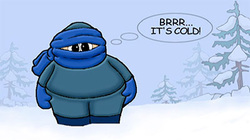 The “balmy” December weather is slipping away and is quickly being replaced with freezing temps for the month of January. I’m sure that snow will be upon us soon! Hearty soups and Cabernet will be gracing my table this week. I think I’ll make tomato lentil soup and homemade bread to start the week off. 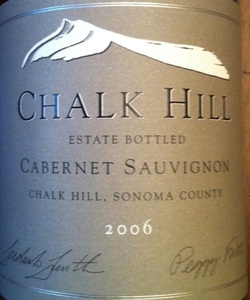 Speaking of Cabernet, I tasted a very nice one on Saturday evening. We opened a Chalk Hill 2006 Cabernet Sauvignon from Sonoma. This Bordeaux blend was 76% Cabernet Sauvignon, 12% Merlot, 7.5% Malbec, 3% Carmenere and 1.5% Petit Verdot. A bouquet of dark fruits, spice and oak greeted the nose. On the palate, the flavors fused together with lots of dark cherry, blackberry, licorice, spice and a hint of oak. The wine had a wonderful rich mouth feel to it and the tannins were soft. It had an “unending” finish. Quite good! http://www.chalkhill.com  And now, it’s time for Sunday football! Cheers! Penina  Aside from one soak drenched day this week, the weather has been beautiful. Holiday decorations are going up and some of the homes and properties I have seen are quite magical. I’m starting to think about holiday menus and pairings. The other evening I made a delicious meal of baked Halibut with lemon, olive oil, cherry tomatoes and capers. For the side dish, I sautéed together shallots, sweet potatoes, asparagus and mushrooms. It was a simple dinner, but my guest said it was “restaurant quality”, as he quickly gobbled it all down. 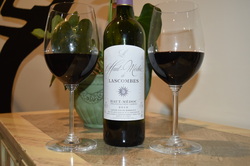 I paired a 2010 Château Lascombes Haut-Médoc de Lascombes to go with the dinner. It is the third label of a Margaux second growth. The wine is a blend of Cabernet Sauvignon, Cabernet Franc, Merlot and Petit Verdot. This Bordeaux blend was deep purple with lovely aromas of blackberry, plums and spices. I found this to be an “earthy” wine and full-bodied. The palate offered dark fruit, plum, spice and hints of oak that carried through to a nice finish. I have a few more bottles that will be opened over the next year or two! www.chateau-lascombes.com 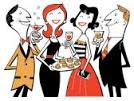 The weekend is here and although I have work to attend to, there are a few holiday parties to drop in on! Have a great Friday!
Cheers! Penina  The World Series Game One went 14 innings last night with KC finally ending it with a win. In between sipping wine and watching the game, it turned into a very late night! 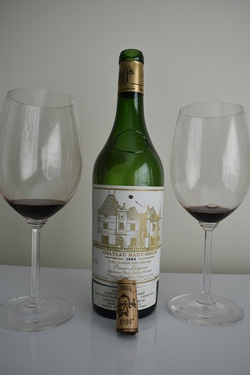 My post about Château Haut-Brion yesterday had quite a few people guessing as to which vintage was opened. Some of you thought both years were opened, while others seemed to lean towards the 61’. As you can see, the 1994 Château Haut-Brion was the chosen vintage. After decanting the wine, we took a quick taste before allowing it to open. The color was crimson with a powerful earthiness on the nose that gave way to subtler undertones of fruit and leather. It needed time to open up. After one hour, the bouquet was more floral, although a “musty” aroma and taste lingered. Dried herbs, spice and dark fruit began to emerge as the evening wore on. It didn’t have the depth of flavor that I hoped for, but it was smooth, subtle and enjoyable to the last drop! www.haut-brion.com It’s going to be a stormy day and a good time to attend to a few indoor projects.
Happy Wednesday! Cheers! Penina When it comes to celebrations, such as a birthday, wedding announcement or a special achievement, we tend to reach for those tucked away bottles that only get opened and poured on such occasions. I’m all for celebrating with rare champagne and vintage wines, but there is also something very special about opening an exceptional or rare bottle of wine with a friend or loved one “just because”. Sometimes sharing a vintage wine is celebration enough! 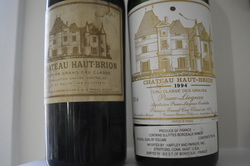 I had the opportunity recently to enjoy a vintage bottle of Château Haut-Brion, a Premier Cru Classé (First Growth). The occasion? Friendship! We only opened one of these bottles and I will let you know in my next post if it was the 61’ or 94’ vintage! Château Haut-Brion is produced in Pessac located just outside the city of Bordeaux. Of the five first growths, it is the only wine with the Pessac-Léognan appellation. It also has one of the longest histories of any Bordeaux wine château and has been growing grapes to produce Bordeaux wine for almost 600 years! Haut-Brion is the earliest identified first growth that was included in the official 1855 Classification. The name is derived from the Celtic term “Briga”, meaning a rise or mount in the land.
When Jean de Pontac married Jeanne de Bellon in 1525, she brought the first portion of the Bordeaux wine property called Haut-Brion as a dowry. Pontac bought the title to the domain of Haut-Brion in 1553 and continued to expand and improve the property. Pontac died at the age of 101, having married twice more, siring 15 children and ensuring a legacy for generations to come. In 1801,Haut-Brion was sold to Talleyrand, Prince of Benevento making him the first “non-family” to own Château Haut-Brion. In 1935, Clarence Dillon, an American financier bought the Château. Today, Dillon’s granddaughter, Joan Dillon is head of the Château. The first official review of Château Haut-Brion wine and any wine ever came from Samuel Pepys on April 10th, 1663. He wrote, “There I drank a sort of French wine called Ho-Bryan that hath a good and most particular taste I never met with.” An interesting wine review! Château Haut-Brion was one of the first Bordeaux châteaux to begin using stainless steel vats for vinification in 1961. Double skinned, stainless steel vats were introduced at the Château in 1991. The wine is aged in up to 100% new French oak for about 24 months. The blending takes place just after fermentation is finished and prior to the aging process in the barrel has started. The best vintages for the red wine of Château Haut-Brion are: 2012, 2010, 2009, 2008, 2006, 2005, 2000, 1998, 1996, 1995, 1990, 1989, 1985, 1982, 1961, 1959, 1955, 1953, 1950, 1949, 1948, 1947, 1945, 1934, 1929, 1928, 1926 and 1921. Tomorrow I will share my take with tasting Château Haut-Brion. And hopefully, it will be an interesting review! In the meantime, grab that bottle of wine you’ve been saving and share it with someone special…”just because”. Cheers! Penina |
Categories
All
|

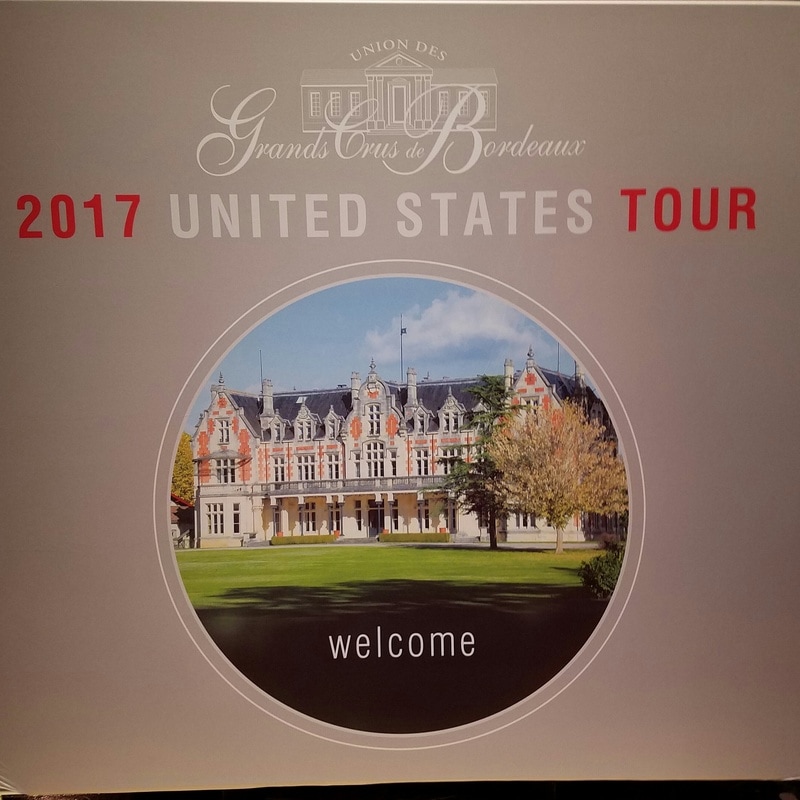
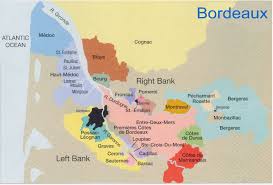
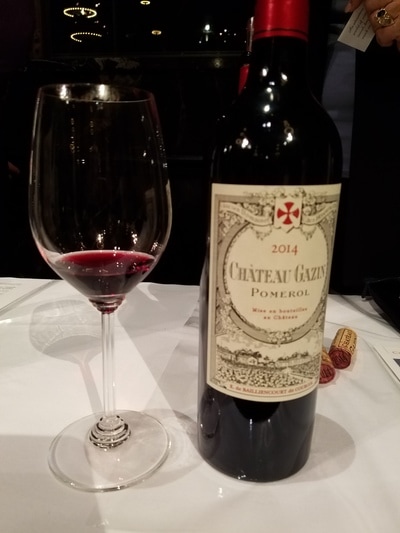
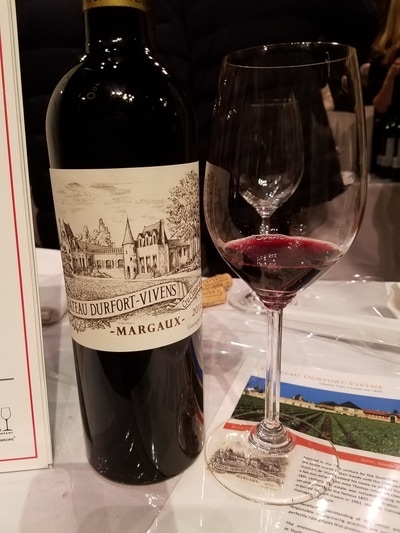
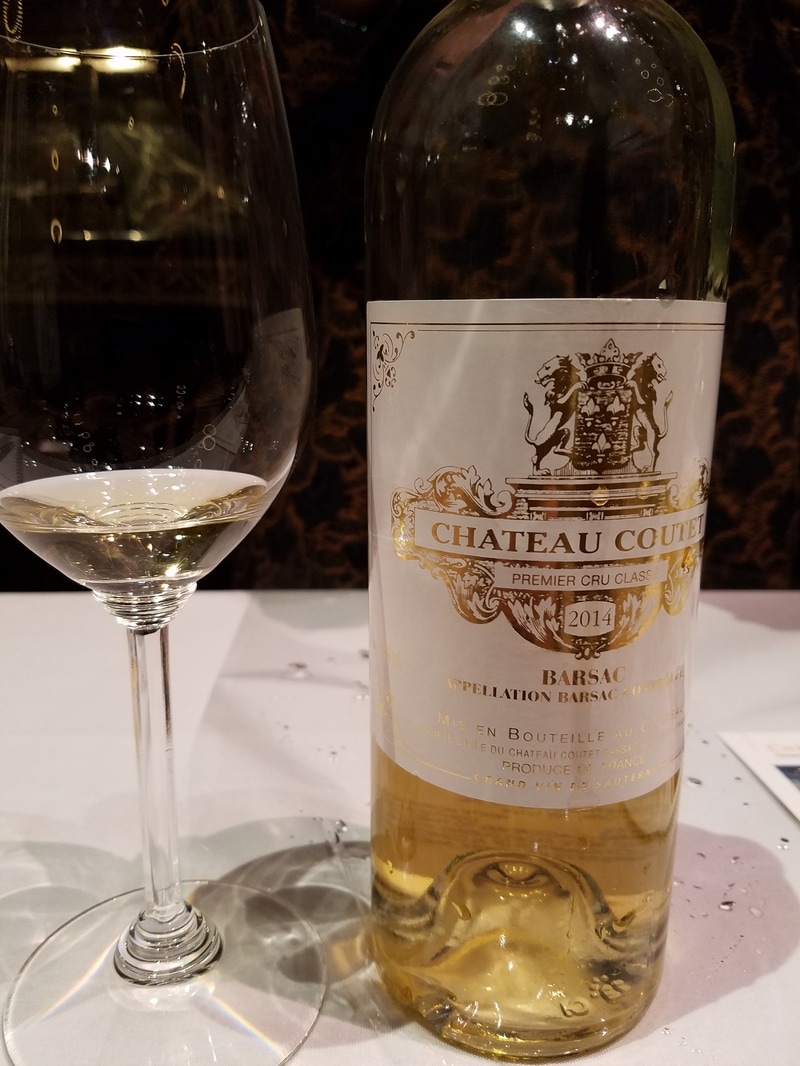
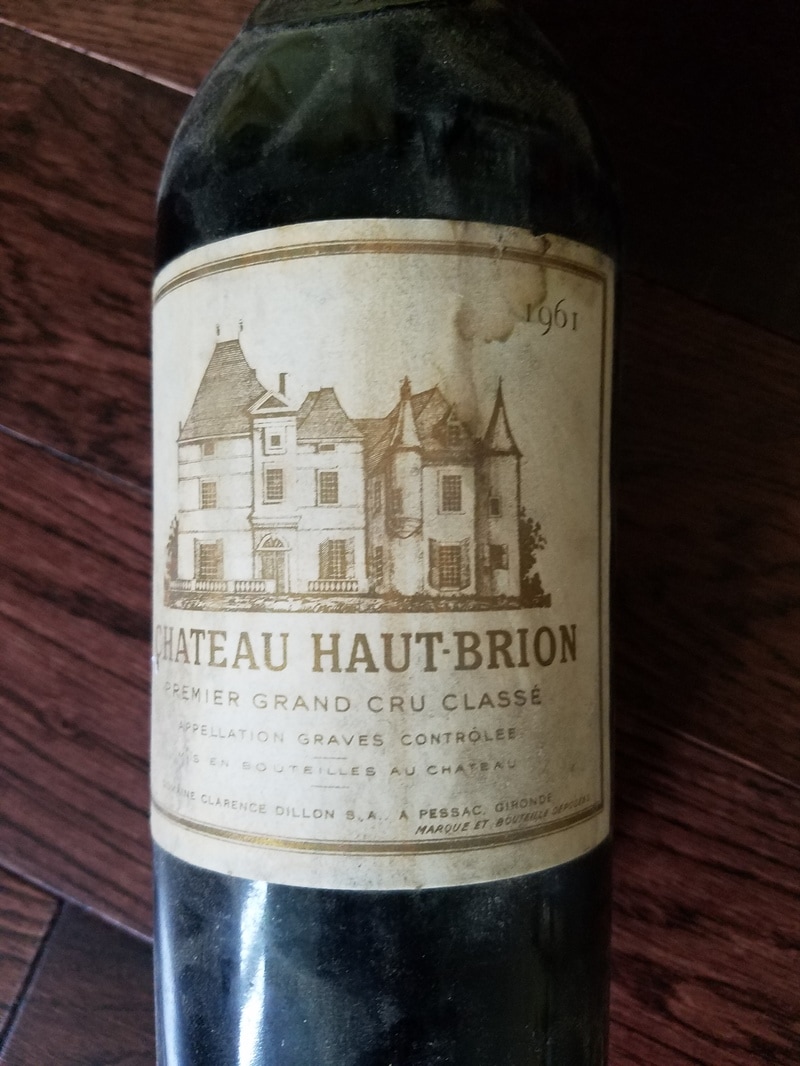
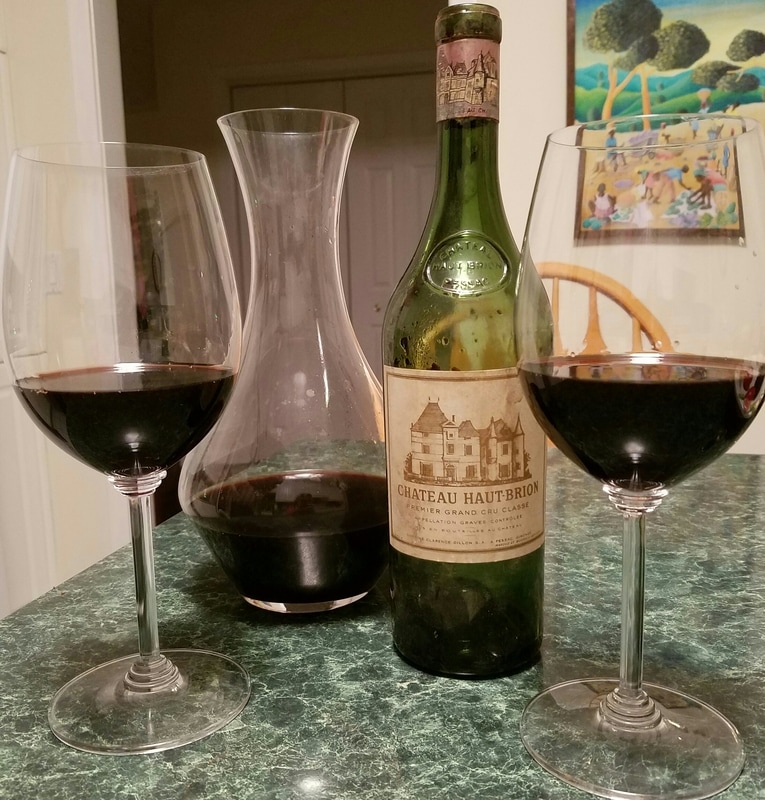
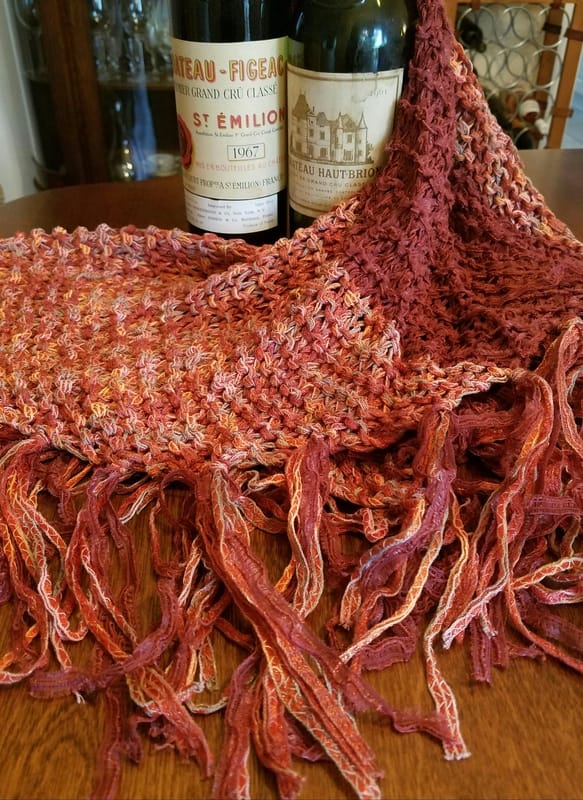
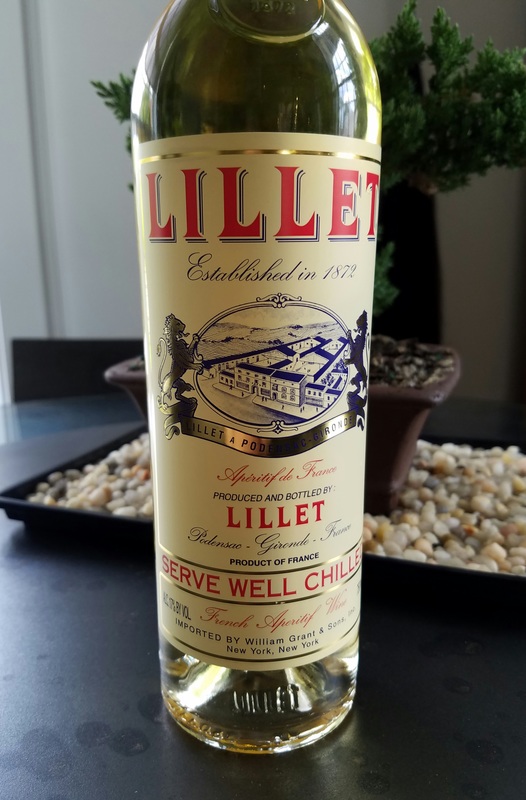
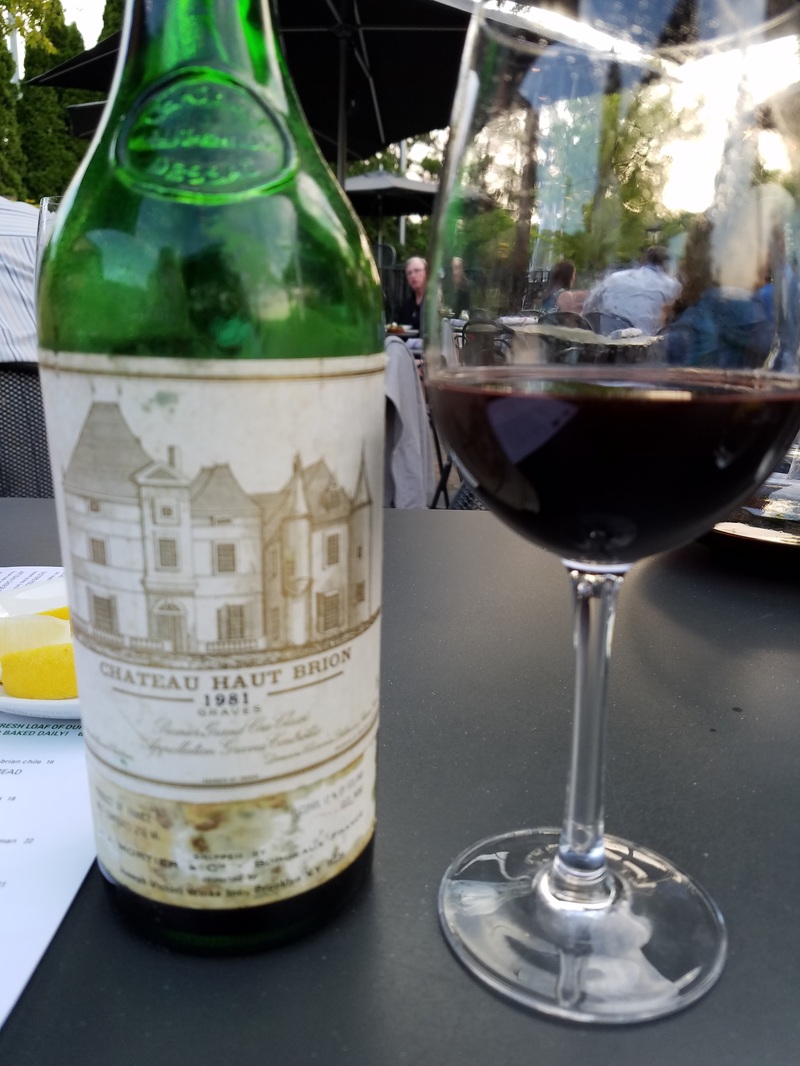
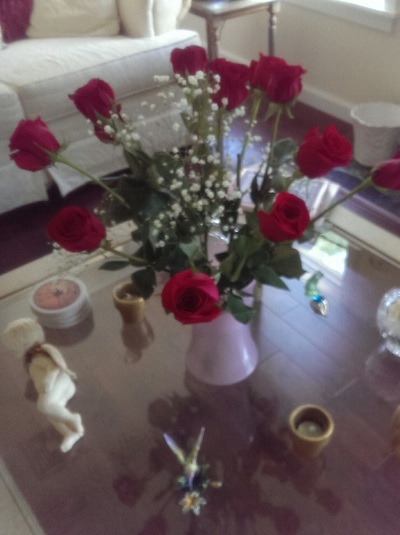
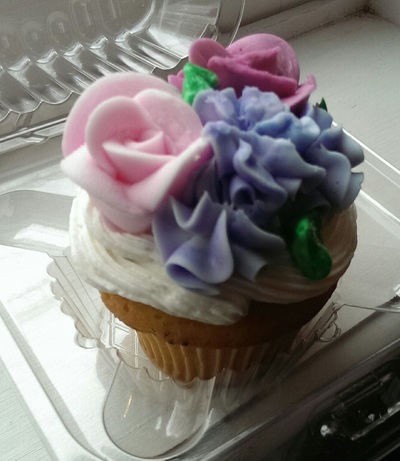
 RSS Feed
RSS Feed